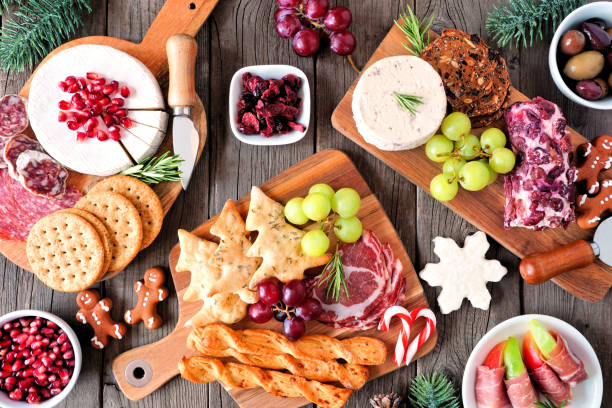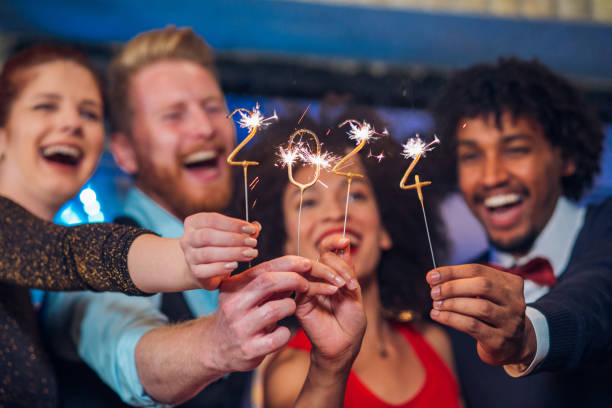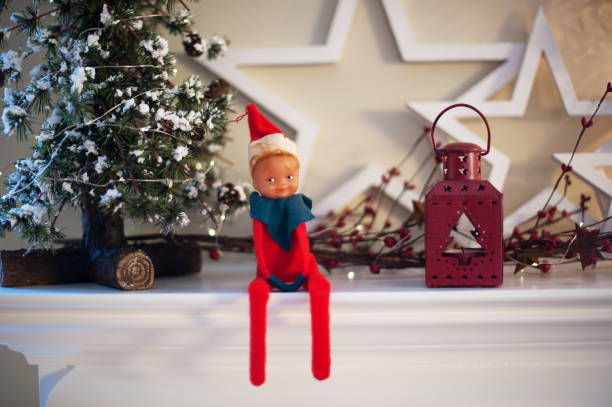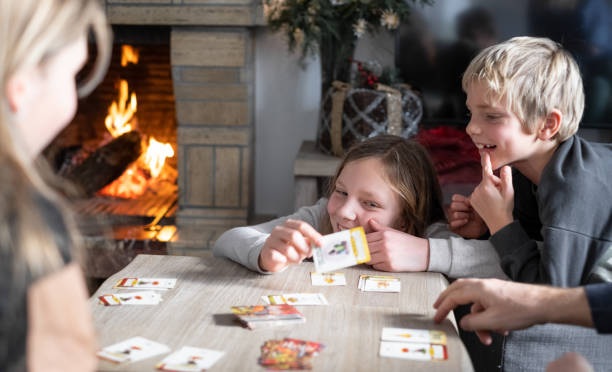Krampuses: The Misunderstood Creatures of Holiday Folklore
Dark Christmas traditions
Christmas is widely celebrated as a joyous, festive season filled with love, laughter, and sharing. However, there are also dark and mysterious traditions associated with this time of the year. One such tradition centers around the legendary Krampus, a misunderstood creature from holiday folklore.
Origins of Krampus
The origins of Krampus can be traced back to pre-Christian Germanic and Alpine traditions. In these ancient pagan cultures, the winter solstice was celebrated with various rituals and festivities. One of the most important figures during this time was the horned creature known as Krampus.
Unlike the jolly Santa Claus figure we know today, Krampus was depicted as a fearsome half-goat, half-demon creature with sharp horns and a long, pointed tongue. He was said to be the companion of Saint Nicholas, who rewarded good children with gifts and punished the naughty ones with a visit from Krampus.
It is believed that Krampus served as a way to scare children into behaving throughout the year. His menacing appearance and reputation for punishing mischievous children served as a stark contrast to the benevolent nature of Saint Nicholas.
Krampus mythology
Krampus has become synonymous with the concept of “Krampusnacht” or “Krampus Night,” which is celebrated on the evening of December 5th. During this night, people dress up as Krampus and roam the streets, frightening children and adults alike.
The mythology surrounding Krampus varies from region to region, but one common theme is his role as the punisher of naughty children. According to legend, Krampus would carry a bundle of birch branches or chains to swat and whip misbehaving children. He would then stuff them into his sack and take them away, only to release them once they had learned their lesson.
Despite his terrifying appearance and actions, Krampus was not seen as purely evil. In some traditions, he was believed to have the power to ward off evil spirits and bring good luck. Some even viewed him as a necessary counterbalance to the overly commercialized and materialistic aspects of modern Christmas celebrations.
The modern-day Krampus
In recent years, the popularity of Krampus has experienced a resurgence, both in Europe and North America. Krampus parades and festivals have become popular events, with participants showcasing elaborate and often terrifying costumes.
While Krampus is still primarily associated with the holiday season, his image has also been incorporated into popular culture. He has appeared in films, television shows, and even has his own trading cards and merchandise.
However, it is important to remember that Krampus is more than just a Halloween-like creature. He is deeply rooted in centuries-old traditions and folklore, symbolizing the duality of the holiday season – a reminder that the joyful celebrations also have a darker side.
Conclusion
Krampus is indeed a misunderstood creature of holiday folklore. Although his appearance may send shivers down our spines, he serves as a reminder that the holiday season is not just about the presents, but also about teaching values and maintaining a sense of goodwill.
As we gather around our loved ones during this festive time, let us reflect on the ancient traditions and folklore that have shaped our celebrations. Krampus may be a fearsome creature, but he is also a part of our holiday heritage, a testament to the complexity and depth of our holiday traditions.





